TechRadar Verdict
The Bwine F7GB2 is an interestingly designed beginner drone offering a 3-axis gimbal for smoother video capture. But with less than precise controls and heavily processed photos and videos, its flight performance still outweighs the image quality it’s capable of producing.
Pros
- +
Easy-to-use complete kit
- +
Up to 4K video
- +
3-axis mechanical gimbal
Cons
- -
Lag between controller and drone
- -
Image quality isn’t great
- -
Short battery life
Why you can trust TechRadar
Two-minute review
Less expensive beginner drones are constantly improving, and while they have a long way to go before they match the current specs of more expensive models, the Bwine F7GB2 delivers several features more commonly associated with higher-end drones at a competitive price. It’s far from perfect, but thanks to a unique design it does stand out as being something a little different despite not being one of the best beginner drones currently available.
Price is always a major factor in drone purchases, so before we delve into more detail about the drone we’ll first look at the cost and what comes in the kit. The F7GB2 costs $360.40 on the Roku website with a 32% discount applied that reduces the cost from a whopping $529.99, which would make it more expensive than the best-in-class DJI Mini 3. As long as this discount remains in place, the F7GB2 is priced similarly to other inexpensive beginner models. It’s also available from Amazon US, but if you live in other regions the best place to purchase from is the Roku website where the price is converted to your local currency.
The F7GB2 comes in a kit with everything you need to get started including the drone, a controller, two batteries, a carry bag, one USB-C cable, a spare set of propellers, spare propeller screws, a hex/Allen key and well-written and easy to follow instructions. One point to note here is that the batteries take over six hours to charge so it’s worth investing in another USB-A to USB-C cable so both batteries can be charged at the same time.
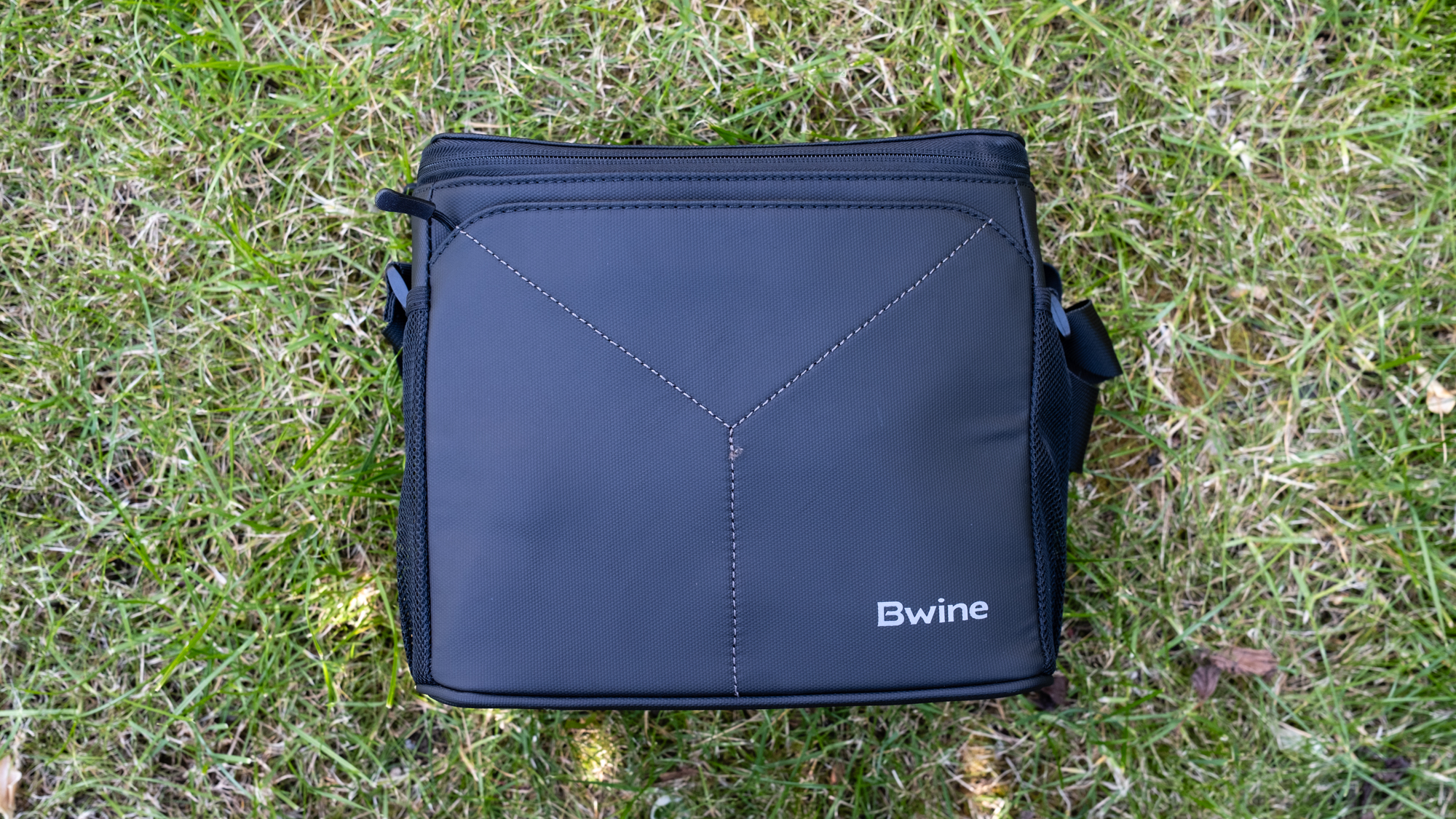
These days, most drones fold to reduce their size for transportation and storage, and the F7GB2 is no exception, although it does offer something unique in this area. The drone looks reminiscent of the DJI Phantom series where the camera and gimbal hand sit between the landing gear, but where it differs is in size and weight, and the fact that the propeller arms are folding.
The drone is just 4.6x6.3x5.3in / 398x326x135mm when folded, and 15.6x12.8x5.3in / 118x161x135 mm when unfolded, so it’s quite a small drone with a weight of 19.40 oz / 550g. But this puts it way above the sub-250g category, so it has to be flown under the same regulations as larger and heavier drones such as the DJI Mavic 3 series and Autel EVO Lite models. Build quality is good, but as expected it’s not at the level of more expensive drones.
Collision avoidance is unsurprisingly absent, but the F7GB2 does offer Return to Home (RTH) functionality which can be initiated manually and is activated automatically when the battery is at 20% or the signal is lost. Another useful safety feature is GPS positioning, which is designed to make drones hold their position in the wind and adds precision to RTH, but despite an advertised wind resistance of Level 7 (up to 38 mph), the F7GB2 does drift a little in lower levels of wind when hovering and flying.


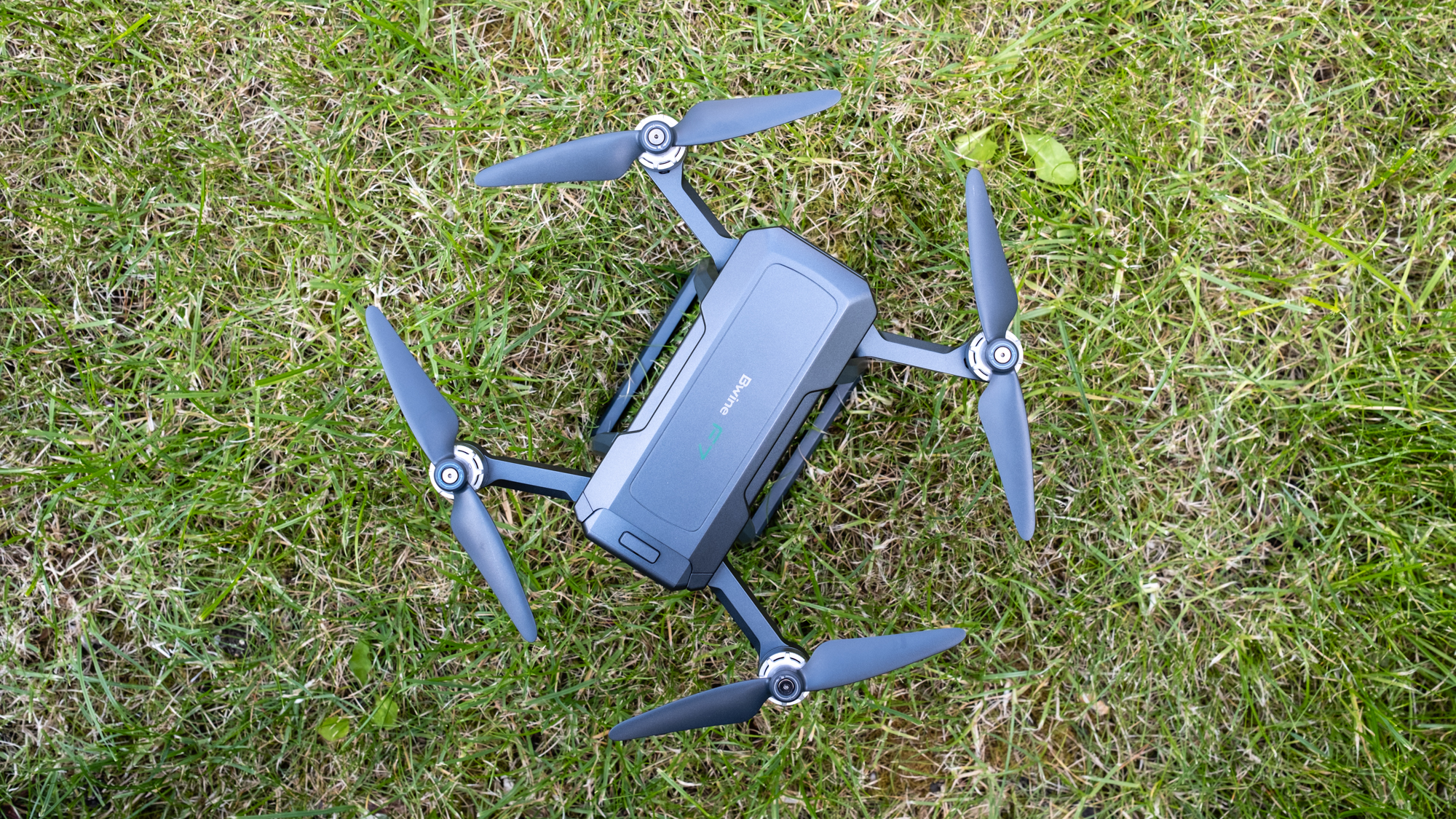
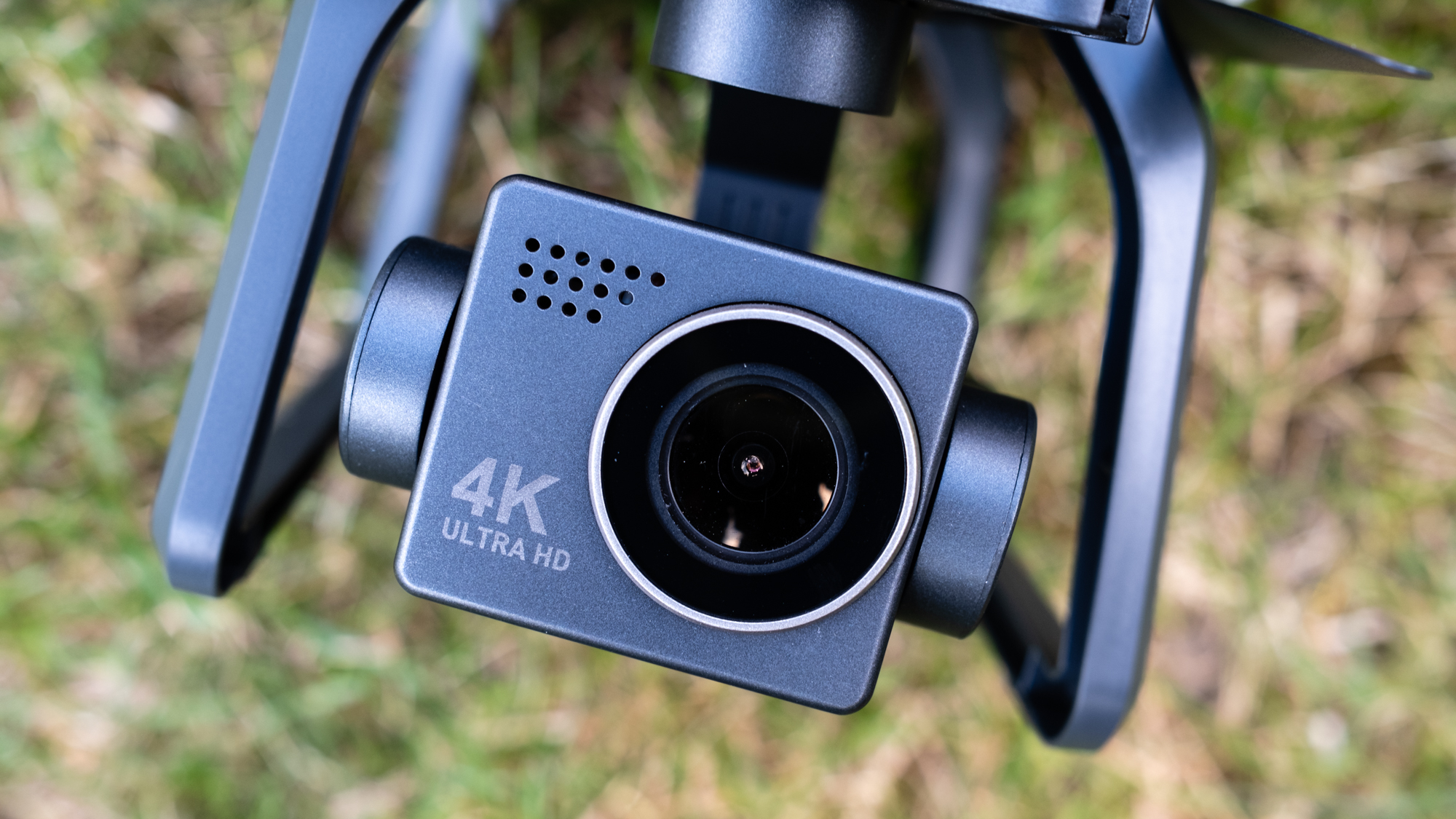

Feature-wise, the F7GB2 certainly isn’t lacking and offers a range of flight features which includes GPS Follow subject tracking, Flying Around where the drone orbits the subject, Image Follow where you mark a subject to track in the Bwine Drone app and Route Planning where you map out a flight route for the drone to follow in the Bwine Drone App. There are other flight features but these are those that are most commonly used by drone pilots.
Sign up for breaking news, reviews, opinion, top tech deals, and more.
The performance of these functions is crude but they do work, although during test flights, Route Planning didn’t show an in-app map so I couldn’t test it. Collision avoidance would make some of them more effective, but for the price of the drone with the discount, they function as well as expected. You just have to take care to ensure that there are no obstacles that the drone could fly into when using automated flight options.
Flight itself is OK, the drone handles well overall, although you really would not want to fly it in winds above 25 mph. There is also some lag between the controller and drone, so controls aren’t smooth and precise, and this can be seen in video footage which is far from smooth despite the 3-axis mechanical gimbal.
Bwine F7GB2 4k 15 fps video
Battery life is advertised at 28 minutes, but in real-world conditions, testing in warm temperatures and low wind, the F7GB2 could only manage around 15 minutes of flight before RTH was automatically initiated. So, with two batteries in the kit, you can expect around 30 minutes of flight time, but you also have to factor in the slow charging time of the batteries.
4K video is the standard for drones these days, and the F7GB2 can capture video at this resolution but with the framerate limited to 15 fps, the footage is a little choppy. 2.7K video can be captured at 30 fps for smoother and more natural results, although it would be preferable for 4K capture to be possible at 24 or 30 fps to bring the drone up to the level of the competition.
Bwine F7GB2 photos

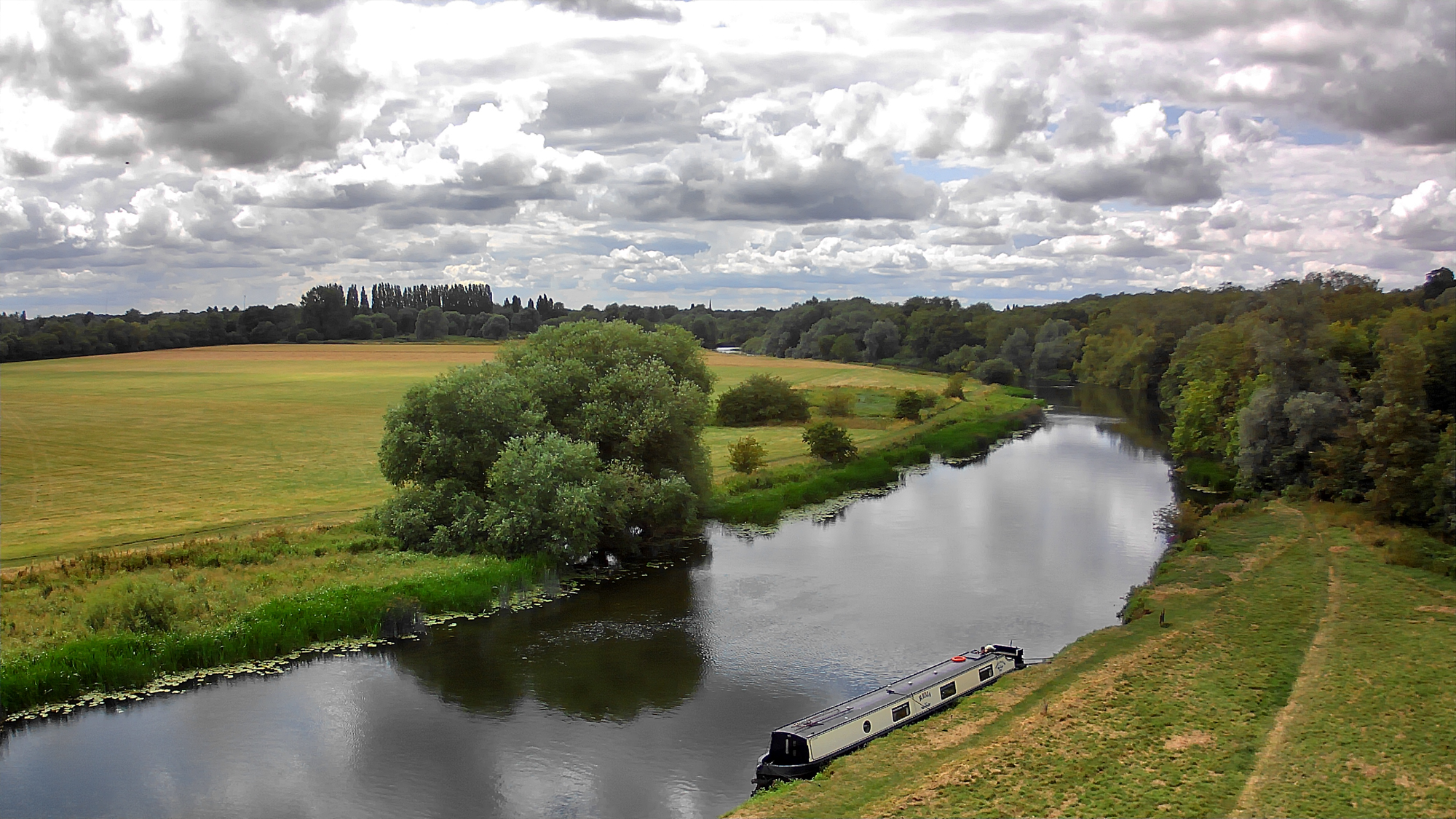
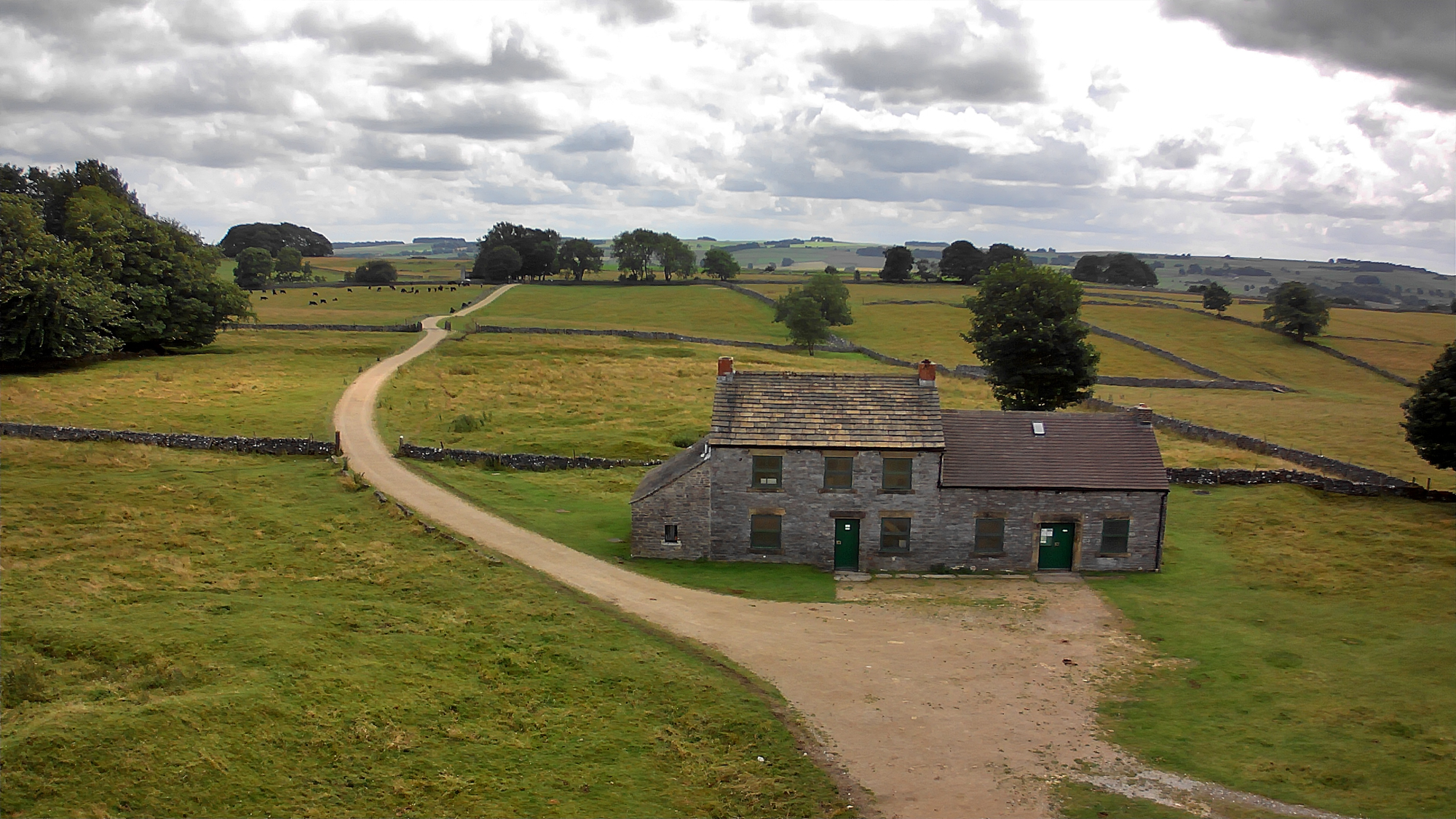



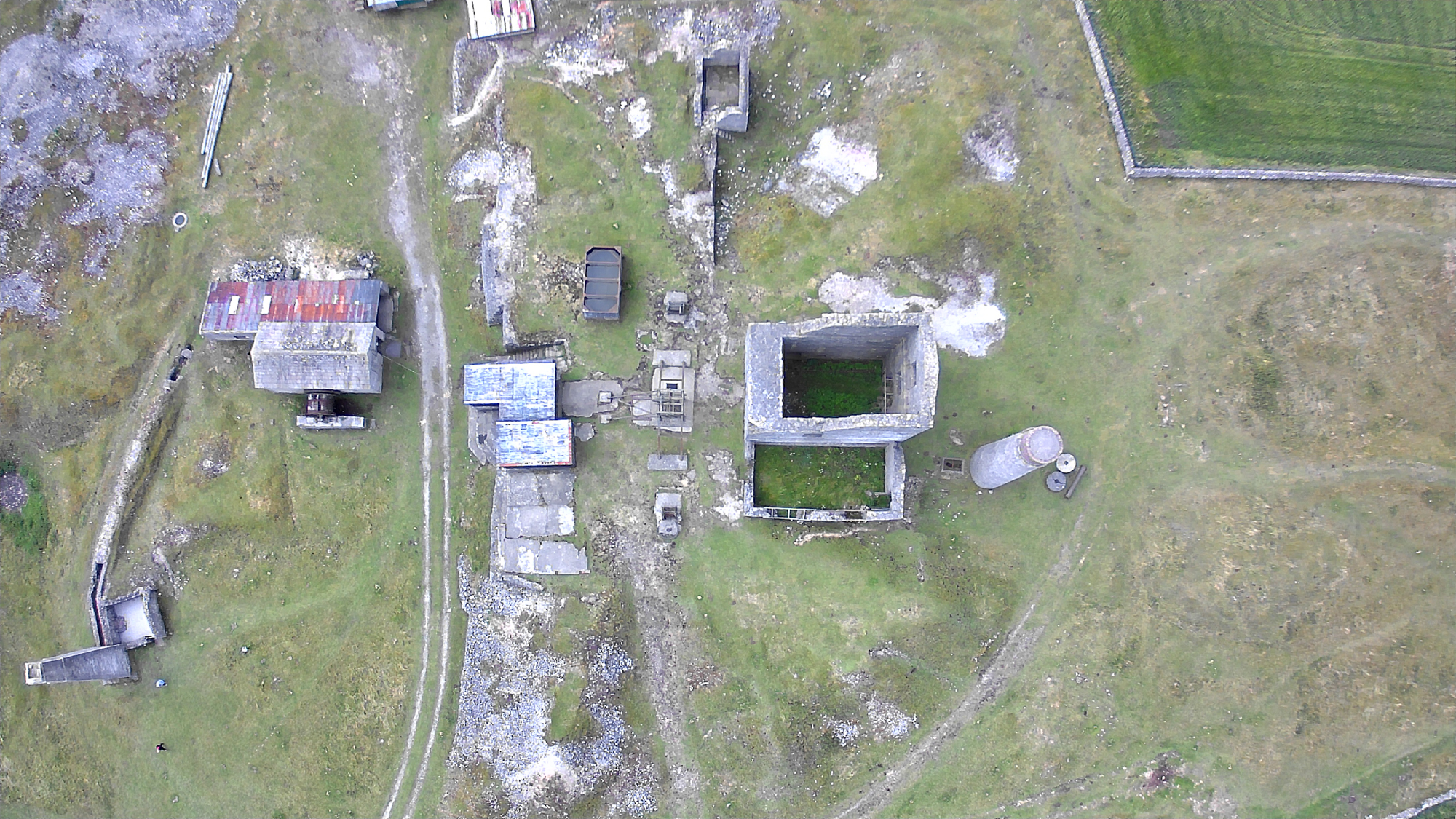
Photos can also be captured in JPEG format in 4K dimensions (3840x2160px) which makes physical image dimensions close to A4. The camera offers no control over settings, except for a few creative modes that can be applied and are only captured in photos and videos sent to the smartphone running the Bwine Drone app, and not the microSD card inserted into the back of the camera.
Photos and videos are also heavily processed with a loss of fine detail, oversaturation and a warm white balance, so the F7GB2 isn’t a great performer in this area. Image quality may be sufficient for absolute beginners and people who only need a basic camera to capture simple aerial photos and videos, but it’s not a drone that can be used for more advanced image capture and certainly not for shooting professional photos and videos.
Should I buy the Bwine F7GB2?

Buy it if...
You would like an inexpensive beginner model
If you’re on a tight budget, drones at the less expensive beginner end of the market that cost around $350 typically offer a fairly reasonable balance of features and price.
Image quality isn’t important
For some people, the joy of drones is solely in flying, so if this is you the Bwine F7GB2 could be an option worth considering with the ability to capture low-end photos and videos if you wish.
You’re looking for a complete kit
The Bwine F7GB2 comes with everything you need except a smartphone, including two batteries, so it does provide an easy access point to drone flight for beginners.
Don't buy it if...
You require obstacle avoidance
Obstacle avoidance is a feature that provides peace of mind for beginners because it helps to avoid crashes, but for this feature you will have to consider more advanced and expensive models.
You value high-quality image capture
If you would like the best image quality available for photos and videos, you’re going to have to spend more on a high-end beginner model such as the DJI Mini 3.
You need longer flight times
With flight times averaging around 15 minutes per battery in favourable conditions, you will have to look at alternative models if you would prefer longer flight times.
How I tested the Bwine F7GB2
The Bwine F7GB2 was tested over several days of flying in a range of locations, environments and weather conditions (excluding rain) to test flight performance, flight features, overall handling and image quality for both photo and video capture. All testing is conducted in a way that meets local aviation laws and restrictions to ensure that all flights are safe and legal.
Drones are always tested using manual flight patterns for video that are typical of professional aerial video capture to shoot visually interesting footage. This also provides the opportunity to test aspects such as the connection between the drone and controller, latency between the two and the accuracy of the controls and flight in general.
With nearly 30 years of photographic experience and 15 years working as a photography journalist, I’ve been covering drones in terms of shooting and editing techniques, alongside writing drone reviews for many years. As well as flying most consumer and prosumer models, I’ve previously held a PfCO (Permission for Commercial Operations) issued by the Civil Aviation Authority in the UK, and now fly under an A2 CofC (A2 Certificate of Competency).
First reviewed July 2023

James Abbott is a professional photographer and freelance photography journalist. He contributes articles about photography, cameras and drones to a wide range of magazines and websites where he applies a wealth of experience to testing the latest photographic tech. James is also the author of ‘The Digital Darkroom: The Definitive Guide to Photo Editing’.
